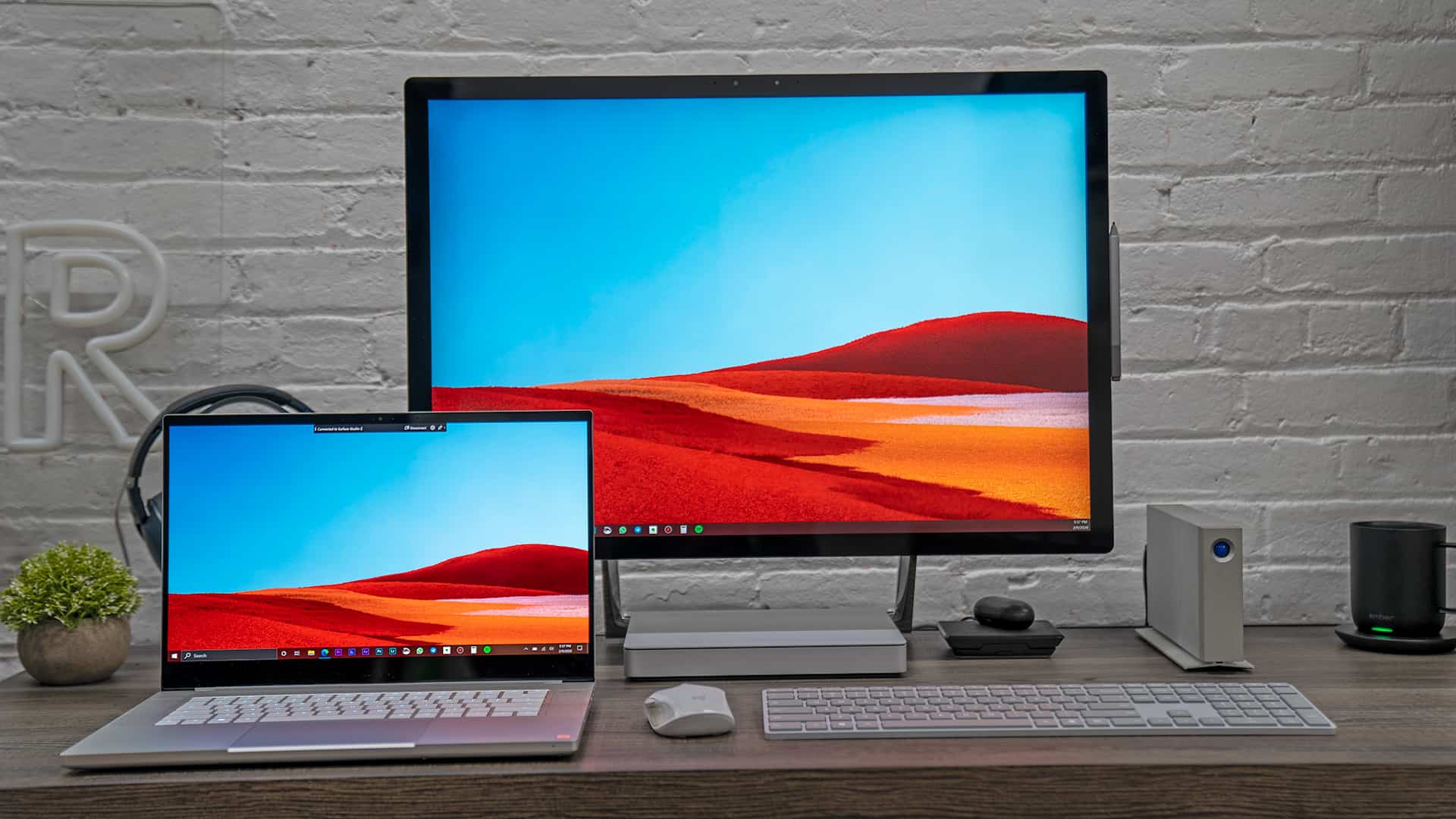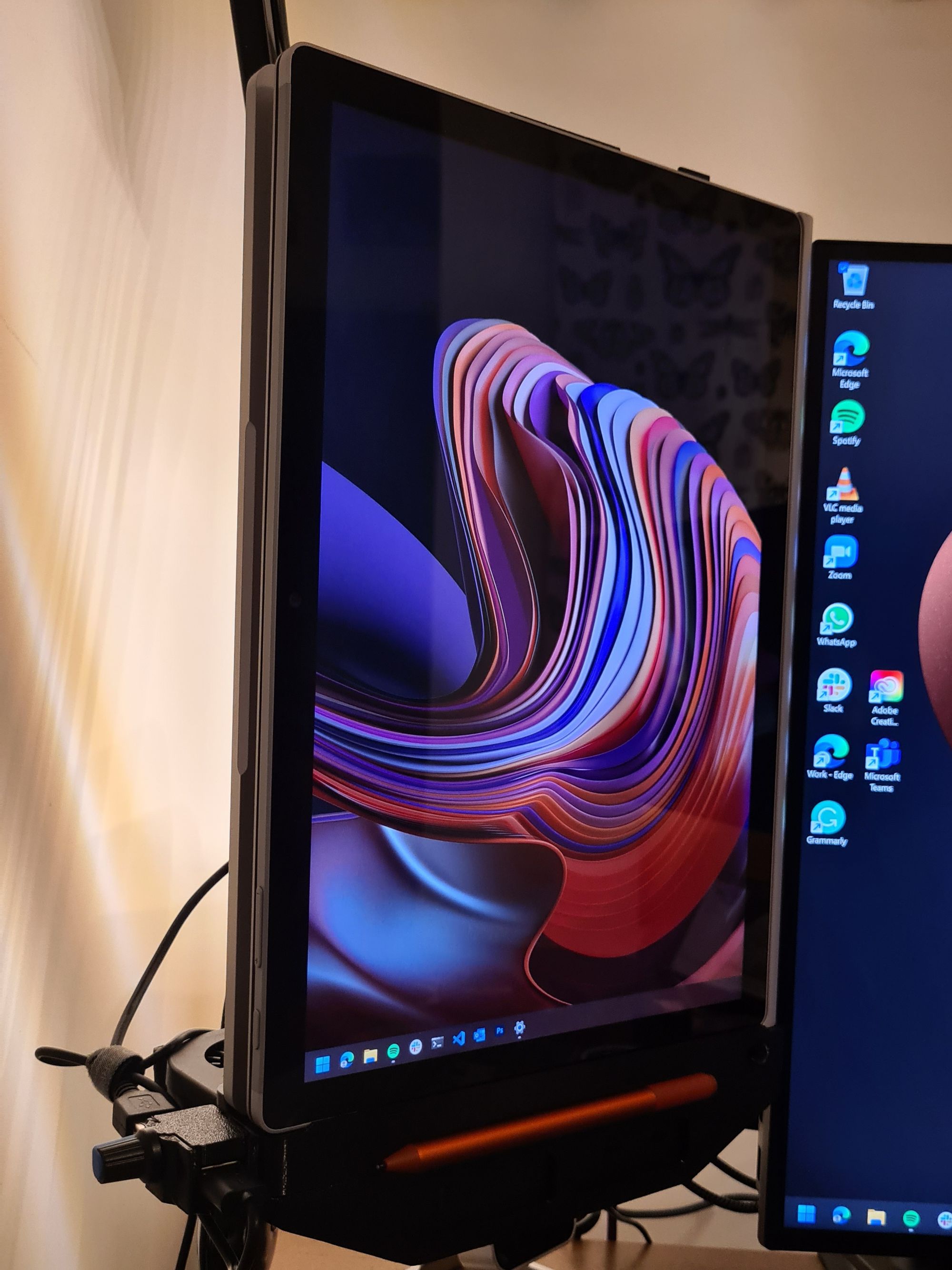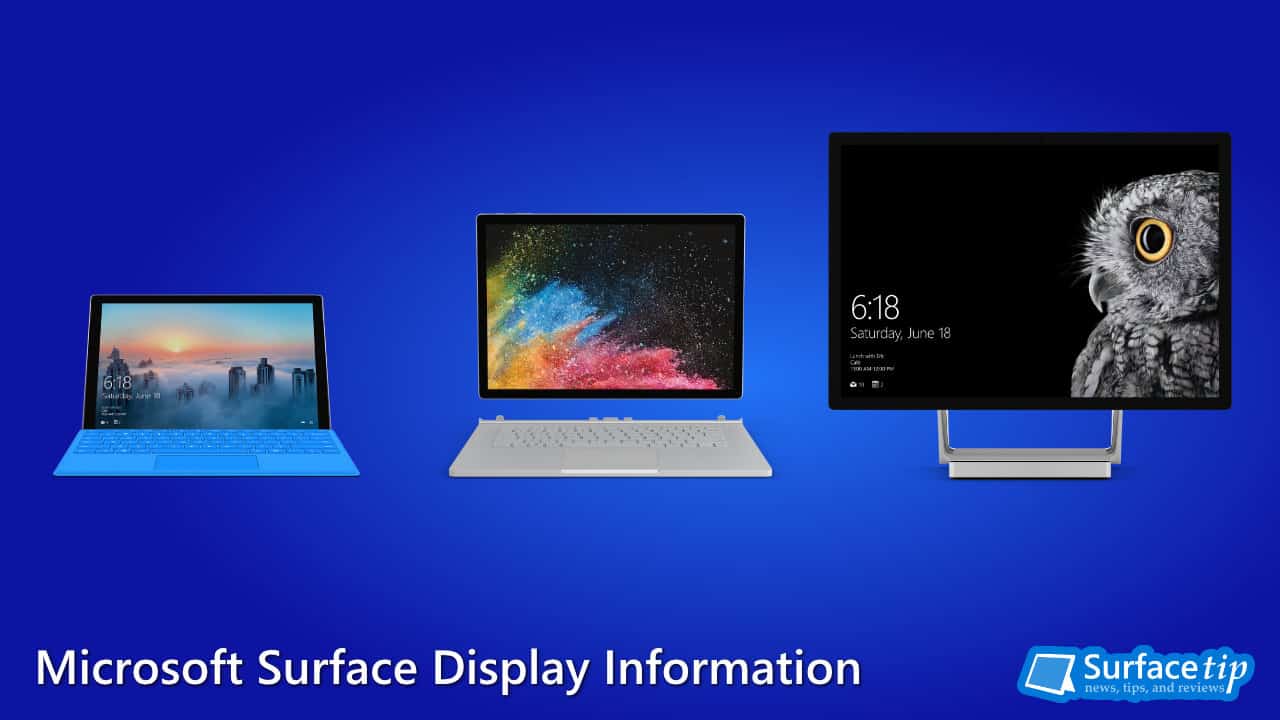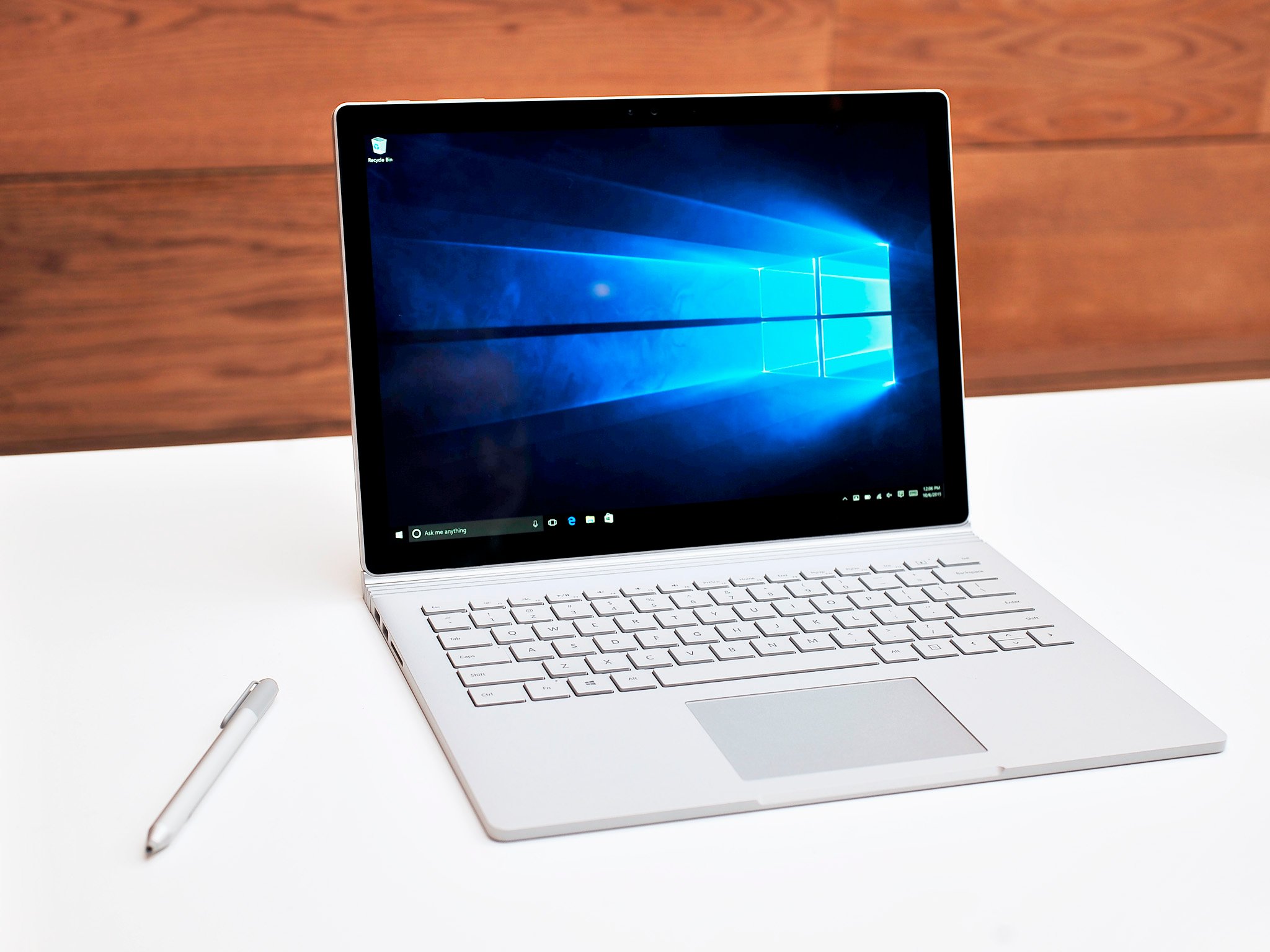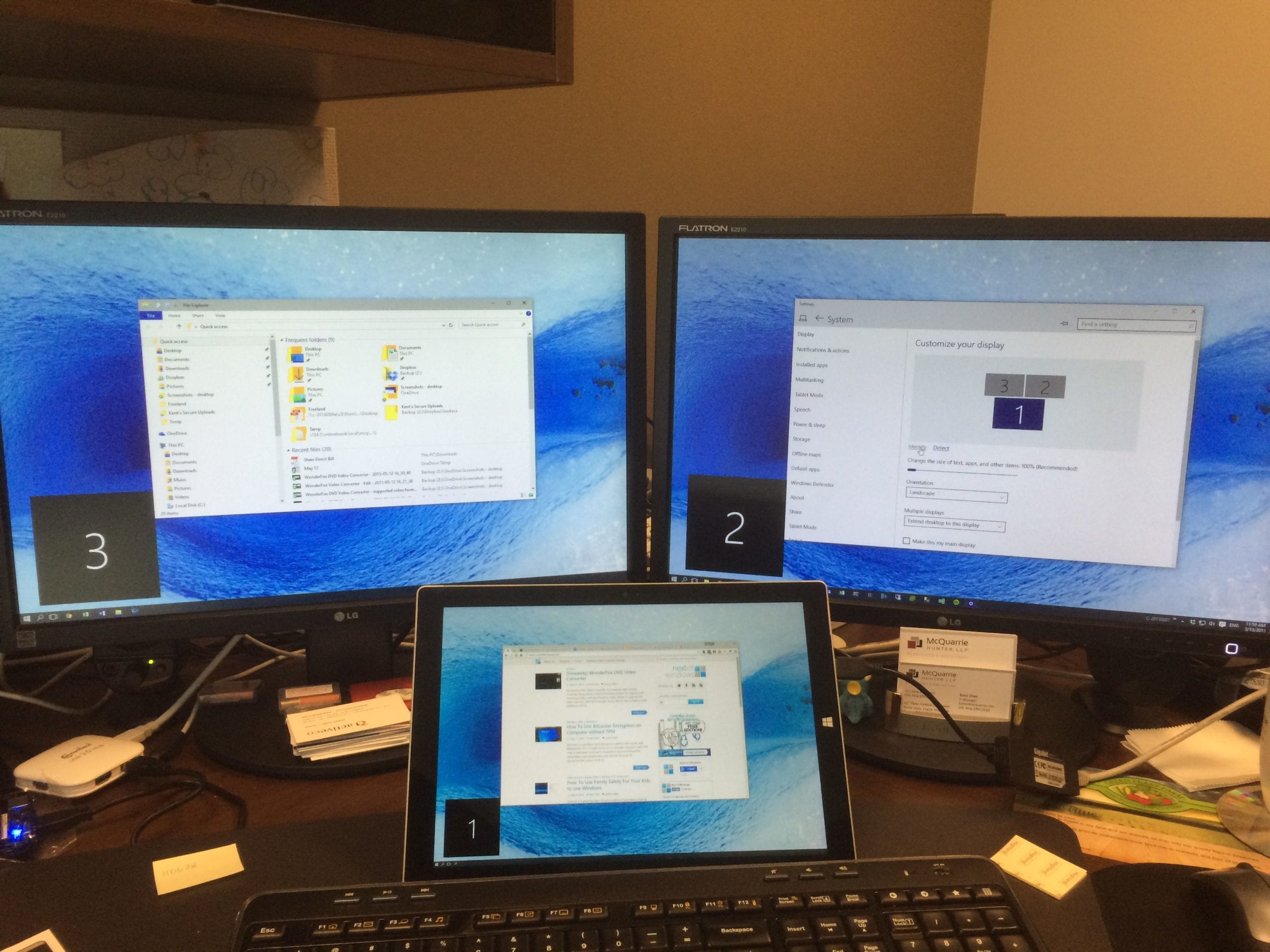Can You Use Surface Book As A Monitor
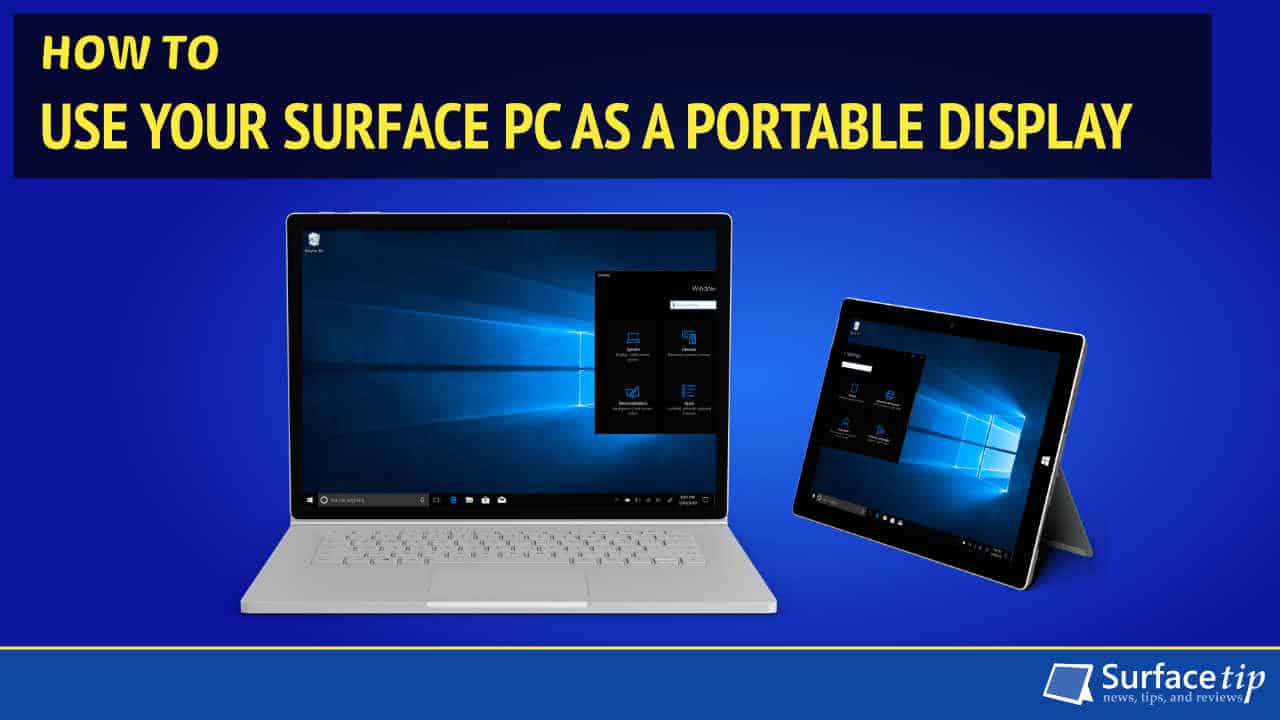
The question of whether a Surface Book can function as an external monitor for another device has been circulating among tech enthusiasts and potential buyers for years.
The Surface Book, with its unique detachable design, presents an interesting case. This article delves into the technical limitations and potential workarounds regarding this capability.
Technical Limitations of the Surface Book
The Surface Book was primarily designed as a 2-in-1 laptop, not an external display.
Its ports, specifically the Surface Connect port and the Mini DisplayPort, are configured for output, not input.
This means the Surface Book is built to *transmit* video signals to external displays, not *receive* them.
The Absence of Video Input
The core reason a Surface Book cannot natively function as a monitor is the lack of a dedicated video input port such as HDMI or DisplayPort IN.
These ports are designed to accept video signals from external devices, such as a gaming console or another computer.
The Surface Book's hardware simply isn't equipped to process incoming video signals and display them on its screen.
Exploring Potential Workarounds
While a direct connection isn't possible, users have explored alternative methods to achieve a similar outcome. These methods typically involve software solutions.
However, they often come with limitations and may not provide the ideal experience of a dedicated external monitor.
Remote Desktop Protocol (RDP) is one approach that allows controlling one computer from another over a network.
Software-Based Solutions
Using RDP or similar screen-sharing software like VNC enables you to view and control another device's screen on your Surface Book.
However, this method relies on network connectivity and processing power. This can introduce latency and reduce image quality, especially for graphically intensive applications.
Moreover, it's not a true "monitor" experience as the Surface Book is essentially running a remote desktop application.
"While software solutions exist, they offer a fundamentally different user experience than a dedicated external display." - TechRadar Review
Impact and User Experience
The inability to use the Surface Book as a monitor might disappoint some users who hoped to leverage its high-resolution display for other devices.
Gamers and designers needing a secondary display might find this limitation particularly frustrating.
However, the device's primary function as a powerful and portable 2-in-1 remains unaffected.
Future Possibilities
While the current Surface Book models lack this functionality, future iterations *could* potentially incorporate video input capabilities.
Given the evolving needs of users and advancements in technology, Microsoft may consider adding this feature to future devices.
This would significantly enhance the versatility of the Surface Book and cater to a wider range of user scenarios.
Conclusion
Currently, the Surface Book cannot be used as a traditional external monitor due to the absence of video input ports and the underlying hardware design.
Software-based workarounds offer limited alternatives, but these solutions often involve trade-offs in performance and user experience.
Potential buyers should be aware of this limitation when considering the Surface Book for their specific needs.
